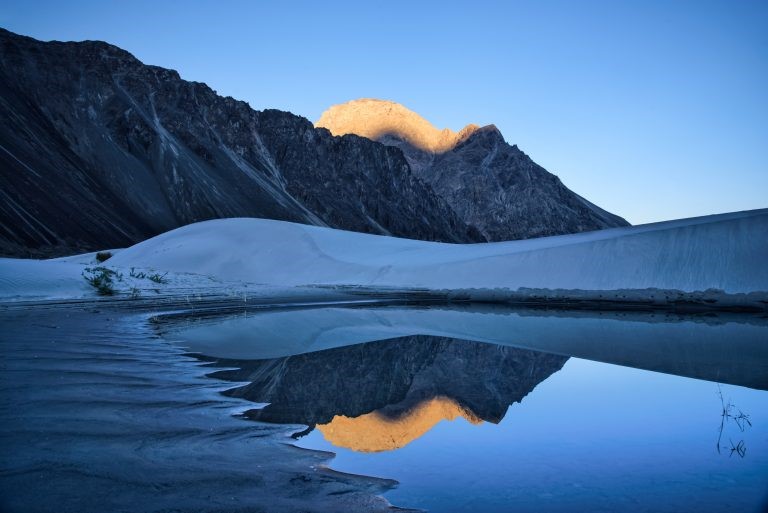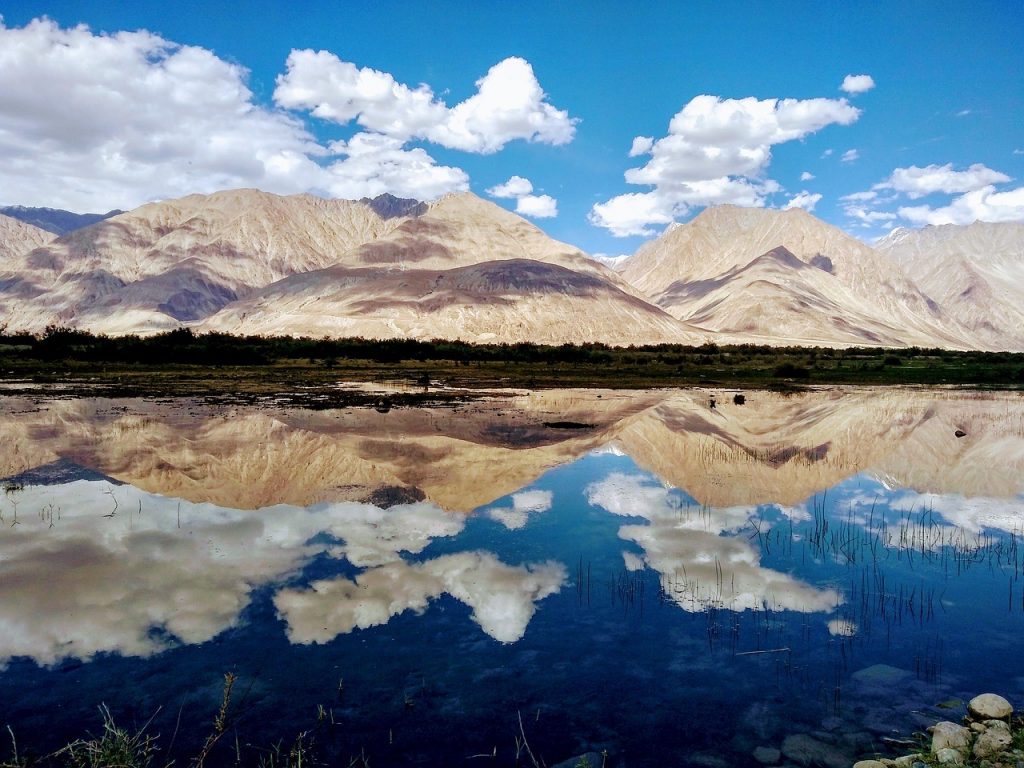Old Town In Ladakh


Leh, Old Town, is endowed with natural beauty and a rich cultural heritage. It is the capital city of Ladakh and the Kashmir region. Leh is the most popular Ladakh Town. It is a tourist attraction due to its scenic mountain ranges, valleys, rivers and pristine lakes. It also exhibits the palaces of the Namgyal dynasty, which ruled over the land in the 16th and 17th centuries. The city and its people are also endearing and take pride in the culture of Ladakh. If you have an interest in culture and heritage and want to explore new places, check out our Ladakh Tour Packages. In recent years, Leh has faced new threats of natural disasters due to urbanisation and has been included in the World’s Monuments Fund list as an endangered site.
Leh is situated in the lap of the Himalayas. It lies to the south of the great Ladakh range in the Indus Valley. There are numerous mountain passes such as the Khardung La Pass, Chang La Pass, Bara-lacha La Pass etc., which add to the diversity of the landscape. Some of them can only be visited during the summer months from May to October due to the snow cover during the rest of the year. The weather at such altitudes is highly unstable and unpredictable. Sometimes, a clear sky may turn violent within a few years and block all roads back. While visiting Leh Ladakh, it is important to carry a few supplies, in case you get stuck for a few hours. These high passes attract tourists from all over the globe.


The Nubra Valley is formed by the two prominent rivers of Nubra and Shyok. The Nubra River flows from the Siachen River, and the Nubra River is a tributary of the Indus River. They both meet at Diskit in the Nubra Valley. It is known as Dumbra in Tibetan, which translates to ‘the valley of flowers’ and is flanked by tourists between May to October. You have to travel through the Khardung La Pass to reach this valley. There are long and exciting treks which stretch through many days. Explorers find their way through the adventurous routes of the valley to discover mind-blowing sites. The Pangong Lake is another such breathtaking site in the old Ladakh Town. It is one of the highest saltwater lakes in the world. The lake is unique because usually, only glacial lakes exist at such heights. This tourist site is one of the most visited sites in Leh.
Under the grand shadow of the magnificent Leh Palace, built by King Sengge Namgyalin duringthe 17th century, lies the quaint old town of Leh. With its narrow, winding lanes, old town Leh can be seen spotted all over with old, dilapidated buildings, which were once the homes of ministers of the royal court. Through a joint initiative of Tibet Heritage Fund and Ladakh Arts and Media Organisation, a heritage walk has been organised for tourists through old town Leh. The heritage walk covers many places on the way like the Namgyal Tsemo, the Namgyal Stupa, the Gompa Soma and after 2 hours of sightseeing on foot with an informed guide, the heritage walk ends at the Jama Masjid. The main attractions of the heritage walk are the old mud-brick houses and their unique architectural designs.
The culture of Ladakh is distinct and rich. The population is sparse due to the altitude, but Ladakhi People have created their own culture living in this harsh geography. The houses here are built of mud bricks to preserve the heat inside the house. The terrain is flat, unlike other hill stations, so the concept of mud-bricks is specific to the Ladakh region. The locals speak in the common language here, which is Ladakhi. The region has a strong Tibetan influence because of its location. The cuisine consists of Tibetan food like Thupka, a noodle soup and roasted barley bread. The predominant religion in Leh is Mahayana Buddhism. The Ladakhi People follow the teachings of the Dalai Lama. There are many beautiful monasteries like the Thiksey Monastery and the Alchi Monastery, which tourists and religious leaders visit all around the year.
Conclusion
Leh, Old Town, has been the social, cultural and administrative centre of Ladakh for a long time. It is a popular tourist spot, surrounded by mountains and passes on one side and valleys and rivers on the other. It has a quaint old charm, with mud-brick houses with old architecture and alleys used by locals and frequented by tourists. There is a cultural blend of Islam and Buddhism that is visible in the form of Gompas and mosques that co-exist in harmony all over the Old Town. A visit to Old Town Leh can remind you of a fond memory of a childhood story.
FAQs
1. Who was the last king of Ladakh?
King Tshespal Namgyal was the last king to rule Ladakh before it was integrated into the state of Jammu and Kashmir in 1846. King Tshespal Namgyal was captured and exiled by the Dogra Rulers
2. Where is the Nubra Valley?
The Nubra Valley is formed by the two prominent rivers of Nubra and Shyok. It is in Leh Ladakh. The Nubra River flows from the Siachen River, and the Nubra River is a tributary of the Indus River. They both meet at Diskit in the Nubra Valley.
3. Is Leh, Ladakh an endangered heritage site?
Yes, Leh has been included as an endangered heritage site in the list of World’s Monument Fund. Due to rapid urbanisation, natural disasters and climate change, Old Town Leh has been categorised as an endangered site.
4. When can we visit Khardung La Pass?
The best time to visit Khardung La Pass is between May and October because the weather is highly unstable and unpredictable. Sometimes, a clear sky may turn violent within a few years and block all roads back. While visiting Leh Ladakh, it is important to carry a few supplies in case you get stuck for a few hours.
5. Where is Pangong lake?
Pangong lake is located in Leh, Ladakh. It lies at the border of India and China. A portion of it flows into China.
Recent Posts
Top Places For Monsoon Treks in Maharashtra
Maharashtra transforms into a lush green paradise during the monsoon season, offering some of India's…
Know Why You Should Visit Lonavala in Monsoon
Monsoon and Lonavala are like a match made in heaven, a harmonious union that showcases…
Explore the List of Top Lonavala Waterfalls That You Must Visit This Monsoon
Monsoon season brings a magical transformation to the lush landscapes of Lonavala, making it a…
Why is Mahabaleshwar in Monsoon a Real Treat?
Nestled in the picturesque Western Ghats of Maharashtra, India, Mahabaleshwar is a hill station that…
Top 15 Delightful Monsoon Destinations in Maharashtra
Monsoon in Maharashtra is a magical time when the state transforms into a lush green…
Top 10 Beautiful Places to Visit Near Pune in Monsoon
As the scorching summer heat subsides and the first drops of rain touch the earth,…


